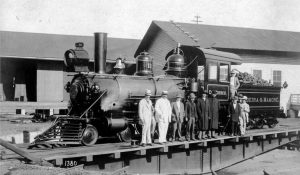Contact Us
East unit, 7th floor, No. 21, building Saba, across the district 1 Municipality, after Mansour Bridge, South Allameh Tabatabai St., Tabriz, Iran.
+98-413 334 0008
+98-413 334 0007
Fax: +98-413 336 6133
WhatsApp: +98935 515 8303
Follow us on social media
Working hours
Saturday to Wednesday 09:00 – 16:30
Thursday 09:00 – 14:00
All Rights Of This Site Belong To Teshava Collection And Any Copying Without Written Permission Of The Prosecution Management Is
supported by the site and SEO by / Net Smart City / Golden Web

